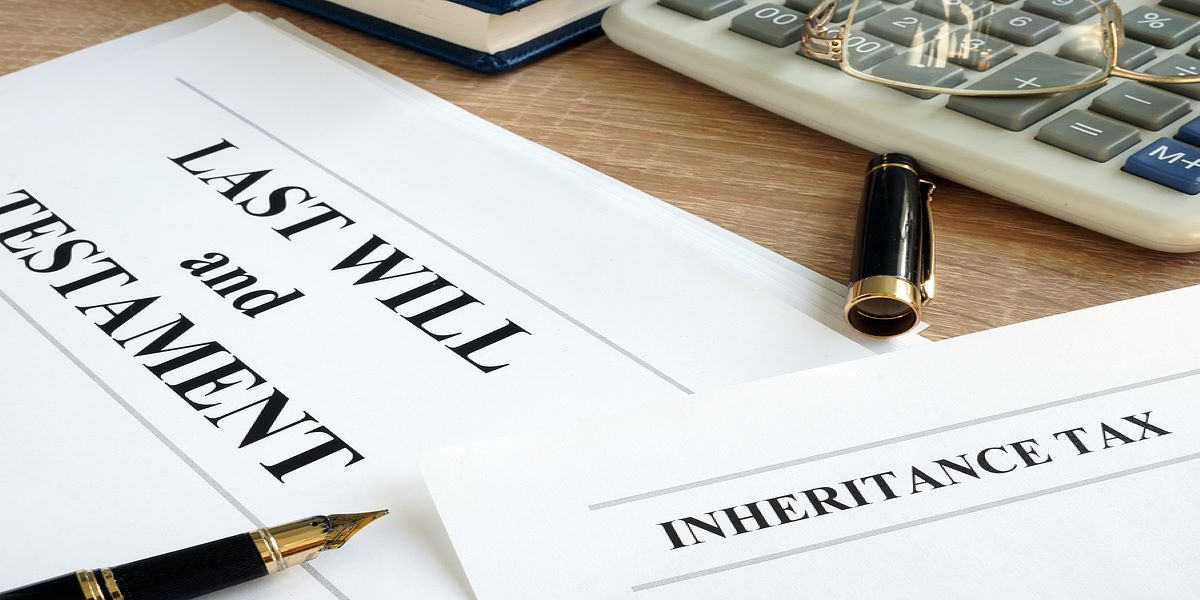Working out your Inheritance Tax position is notoriously difficult. So this new, free online tool is a useful addition to HMRC’s support. It’s designed to help people figure out if they owe Inheritance Tax, how much that will be and what paperwork they need to do.
What does the Inheritance Tax Tool do?
HMRC’s Inheritance Tax tool is simply called, ‘Check if you might need to pay Inheritance Tax’. It’s very clearly labelled ‘guidance’ rather than a ‘calculator’ because it only gives an estimate for your situation. HMRC are very clear that it doesn’t produce an exact figure.
It walks you through a set of questions, starting with the total value of all the property in the estate. You do need to know all the monetary values of each element of the estate, in pounds sterling, before you start. It also asks about who the assets, property or money is bequeathed to.
At the end of the process you’re given an estimate of how much Inheritance Tax you owe, advice about the correct form to complete and other important factors you might need to consider.
What is the Inheritance Tax threshold?
Currently, you owe Inheritance Tax on an estate valued over £325,000. The rate of Inheritance Tax is 40%. If your inheritance more than this amount, only the proportion over £325,000 is subject to Inheritance Tax.
For example:
- You inherit an estate worth £650,000.
- £325,000 of that is tax free
- That leaves £325,000 liable to Inheritance Tax – £650,000 – £325,000
- 40% of £325,000 is £130,000
- Your Inheritance Tax bill is £130,000
Is this Inheritance Tax rate likely to change?
Chancellor Rishi Sunak included Inheritance Tax in the list of tax rates that will stay the same until 2026, saying:
“Our response to coronavirus has been fair, with the poorest households benefiting the most from our interventions. And our approach to fixing the public finances will be fair too, asking more of those people and businesses who can afford to contribute and protecting those who cannot.
“So this Government is not going to raise the rates of income tax, national insurance, or VAT.
“Instead, our first step is to freeze personal tax thresholds. We’ve nearly doubled the income tax personal allowance over the last decade, making it the most generous of any G20 country. We will of course deliver our promise to increase it again next year to £12,570, but we will then keep it at this more generous level until April 2026.
“The Higher Rate threshold will similarly be increased next year, to £50,270, and will then also remain at that level for the same period. Nobody’s take home pay will be less than it is now, as a result of this policy. But I want to be clear with all members that this policy does remove the incremental benefit created had thresholds continued to increase with inflation.
“We are not hiding it, I am here, explaining it to the House and it is in the Budget document in black and white. It is a tax policy that is progressive and fair. And, I will also maintain, at their current levels, until April 2026:
- The inheritance tax thresholds
- The pensions lifetime allowance
- The annual exempt amount in capital gains tax”
So the rate of Inheritance Tax will stay at 40% until 2026. That makes any financial planning around this more stable.
What makes Inheritance Tax calculations complicated?
Inheritance Tax isn’t as straightforward as other taxes, where you just need to apply the correct rate to the relevant amount of money. There are different variations of the rules, with exemptions, depending on who is the recipient of the estate, if there are donations to charity, financial gifts over the past seven years and if trusts are involved.
For example, in HMRC’s own words, anything “you leave everything above the £325,000 threshold to your spouse, civil partner, a charity or a community amateur sports club” isn’t liable for any Inheritance Tax at all.
Another example is that the 40% rate is cut to 36%, if you leave at least 10% of the ‘net value’ to charity.
Hopefully, HMRC’s new online tool will clarify this for people who are trying to navigate these regulations during a time of emotional distress. It’s clearly worded and goes through the process step-by-step. But it’s not the same as talking through the situation with another human.
So once you’ve got an overview by using this tool, it’s wise to contact an expert to get some help. They can confirm if you’re liable, how much of the estate you’ll lose to Inheritance Tax and what paperwork must be submitted.


